
Living in a humid country has its perks as well as drawbacks. For instance, we’re blessed with land to grow varieties of plants, warm temperatures and less seasonal variation. On the other hand, it could simple mean experiencing constant rainfall, personal discomfort like sweating due to the constant heat and most importantly, let’s not forget severe mould growth. Mould can grow anywhere, but under humid climates it grows and thrives!
There are countless tips and tricks on ways to get rid of mould from every corner of your house. Well, after some thorough research we have compiled some interesting points you would want to know in case you come across this fungal infection. First, let’s get to the basics.
What is mould and how do they appear?
Mould is a type of fungi that thrives in damp, warm and humid environments. They are a common problem in many homes and can easily be found both indoors and outdoors. Although it isn’t always dangerous, mould can still cause structural damage to your house if left untreated and have a negative impact on your health.
They grow in places that have a lot of moisture. Take for example, moulds can often be found on roofs, especially around areas that have leaks. When mould spores drop on places with excessive moisture, such as leakage, they will grow.
What’s more is that paper made products commonly support mould growth too. This includes:
- Materials made out of wood.
- Cardboard.
- Ceiling tiles.
- Fabric.
- Paints and wallpaper.
- Carpet.
The many colours of mould
This nasty looking fungus can be any colour. Although mould growth often appears as black, grey or greenish, sometimes, they can also be a rainbow of colours too. For instance, purple, orange, white or a combination of other colours. On top of that, the shades of a mould can change over time. This may be influenced by the level of humidity in your living space.
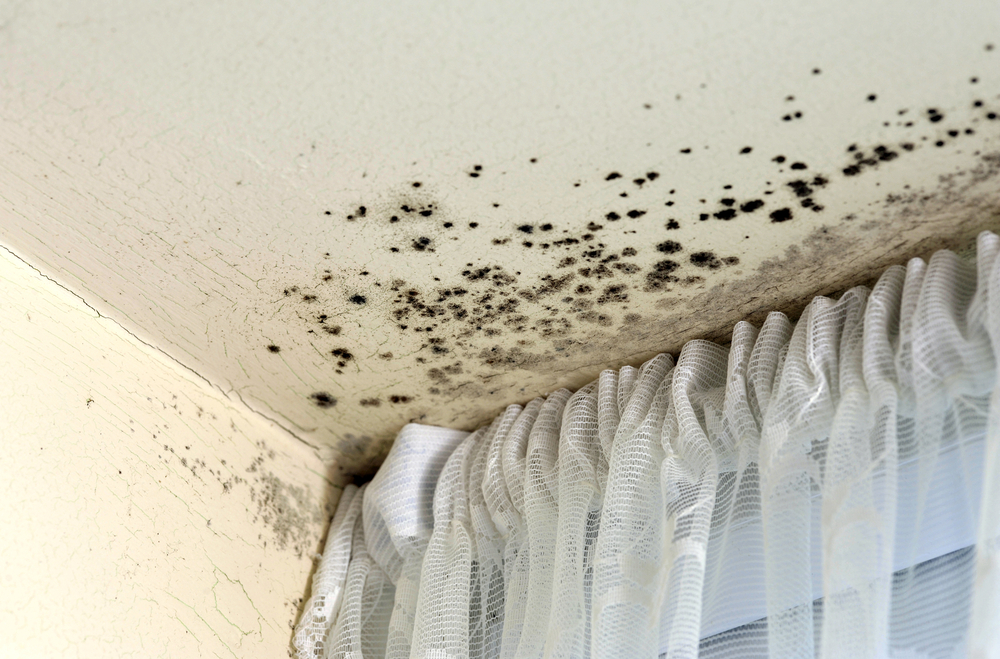
The many colours of mould
This nasty looking fungus can be any colour. Although mould growth often appears as black, grey or greenish, sometimes, they can also be a rainbow of colours too. For instance, purple, orange, white or a combination of other colours. On top of that, the shades of a mould can change over time. This may be influenced by the level of humidity in your living space.
How to know if you have a mould problem?
If you catch sight of water stains on ceilings, discoloration on walls with bubbled-like cracks or peeling of paint or wallpaper, then it’s an indication that the particular area is infected by mould.
Plus, you might even begin to notice musty odours in certain parts of your home. This can be an indication of mould growth.
If you suspect there’s mould growing in your living space, addressing the issue that causes it and getting it taken care of soon is crucial because the situation may not improve over time.
Mould and your health
Can mould make you sick?
To be specific, this fungus can make you sick, especially if you are more likely to develop allergies or have health conditions such as asthma or eczema. Whether or not you’re allergic to moulds, being exposed to it can still affect your overall health. Some of the many symptoms of allergy reactions caused by mould includes:

- Wheezing.
- Sneezing.
- Skin irritation or rashes.
- Coughing.
- Redness of the eyes.
- Runny nose.
- Watery and itchy eyes.
How to get rid of moulds at home
It’s extremely important to clean up and fix the problem that is causing moulds to grow in your living space. When you only clean the mould but do not fix the problem, it’s very likely for it to reappear.
To combat this troublesome issue while also taking care of yourself and your home, here’s what you can do. Mould growth can be controlled inside your home by:

#1 Control the humidity levels and keep the house warm in cool weather.
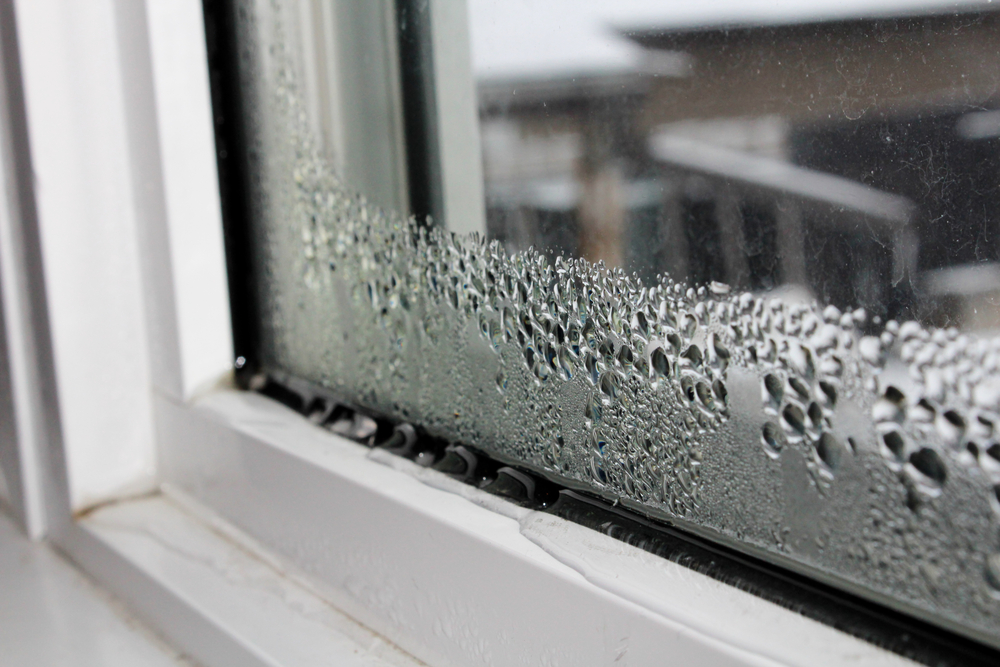
#2 Immediately fix roofs, windows or pipes as soon as you notice leakage or mould growth.
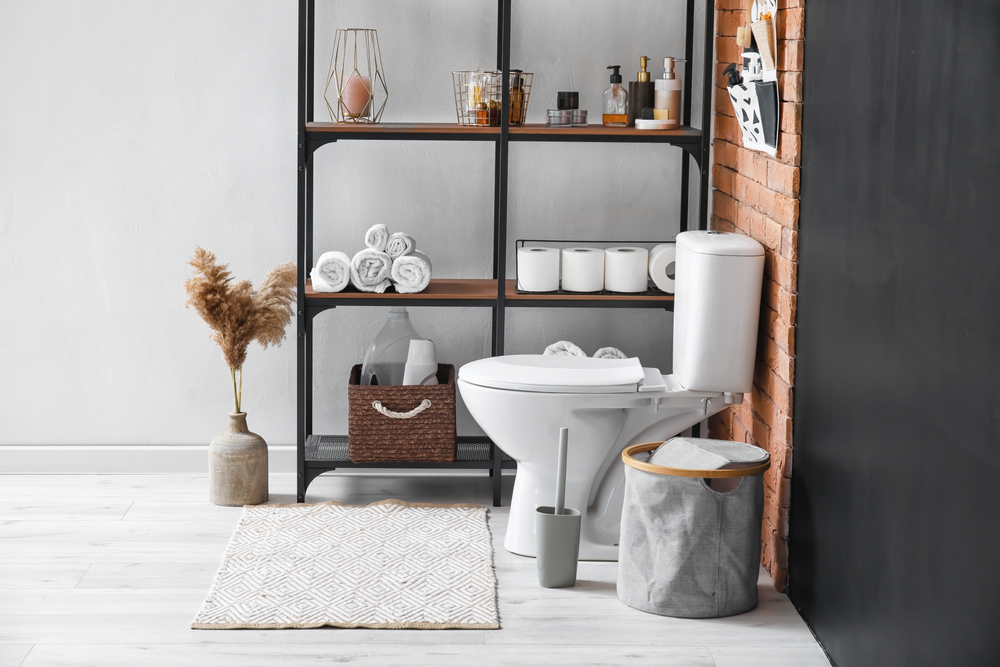
#3 Avoid using carpets in humid areas such as the bathroom or storage rooms.

#4 To maintain good ventilation at home, use fans. This helps to improve indoor air quality as well as prevent or better yet control dampness.
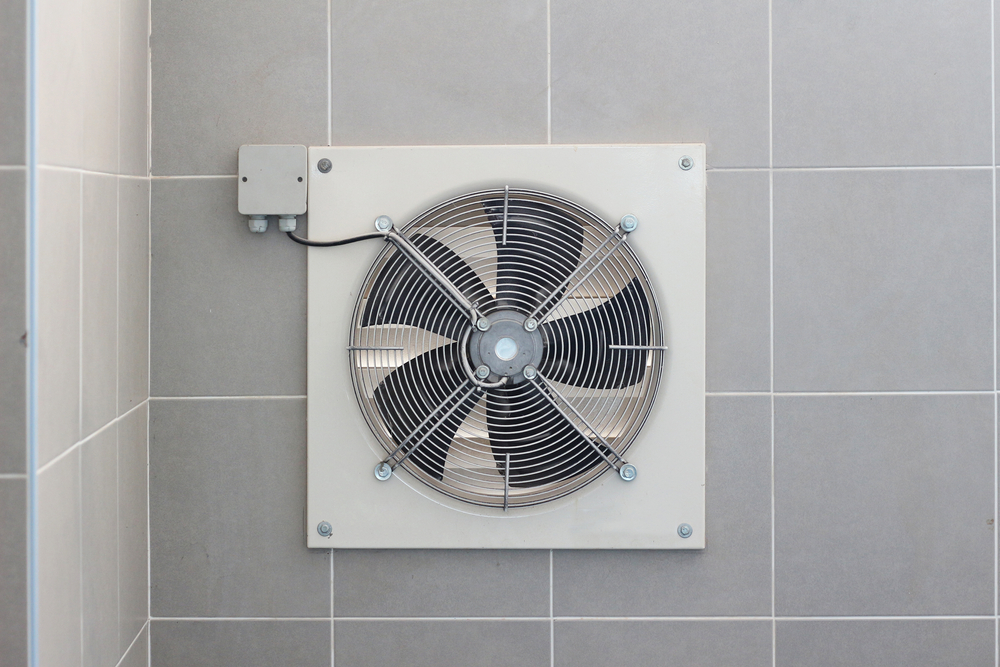
#4 Use exhaust fans that vent outside your home in areas such as in the kitchen and bathroom.
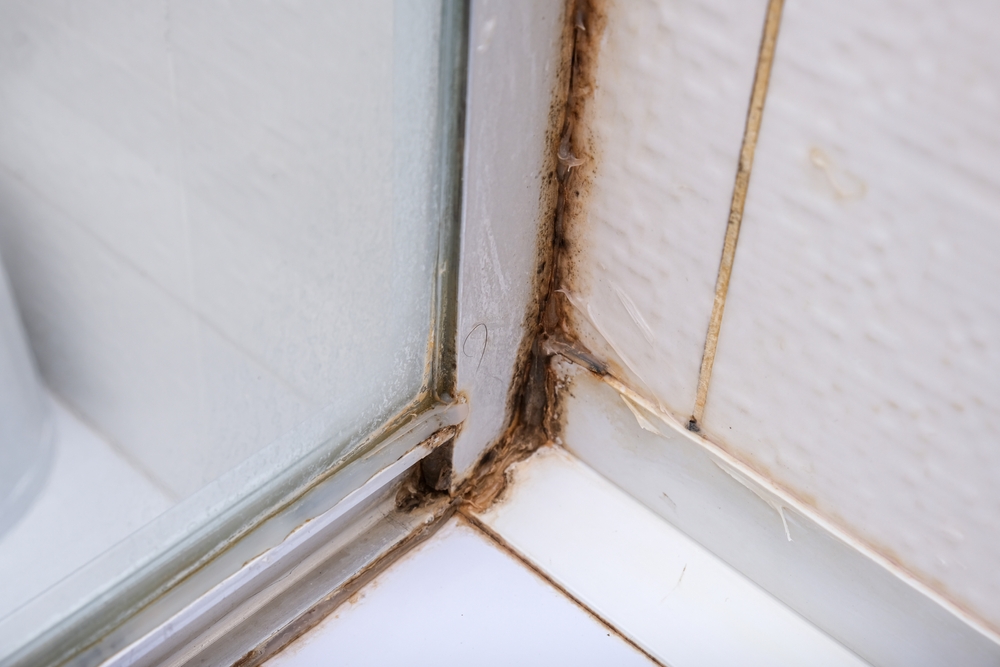
#6 If you notice visible spots of mould around your living space, simply scrubbing them off with soap water won’t actually do the trick. The only way to deal with it is to remove items that have already been infected. For instance, remove and replace carpet, ceiling tiles or wallboard when you notice mould growths

#5 Open windows and doors for fresh air.
The next time you see visible mould or notice a musty smell, take instant action.
Sources: Centers for Disease Control and Prevention, WebMD












